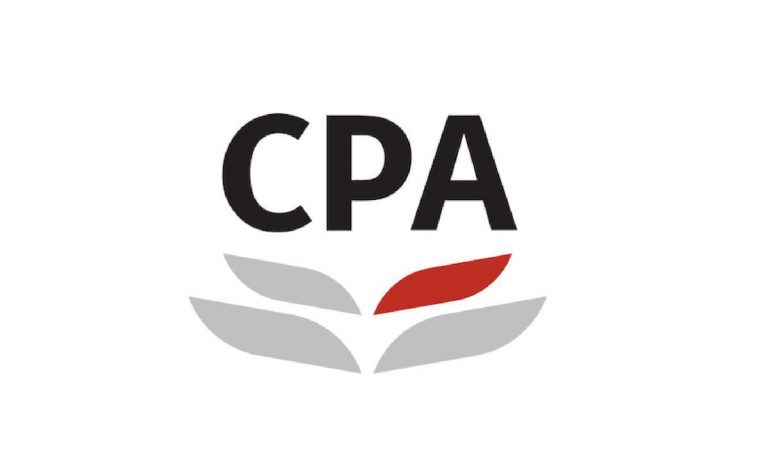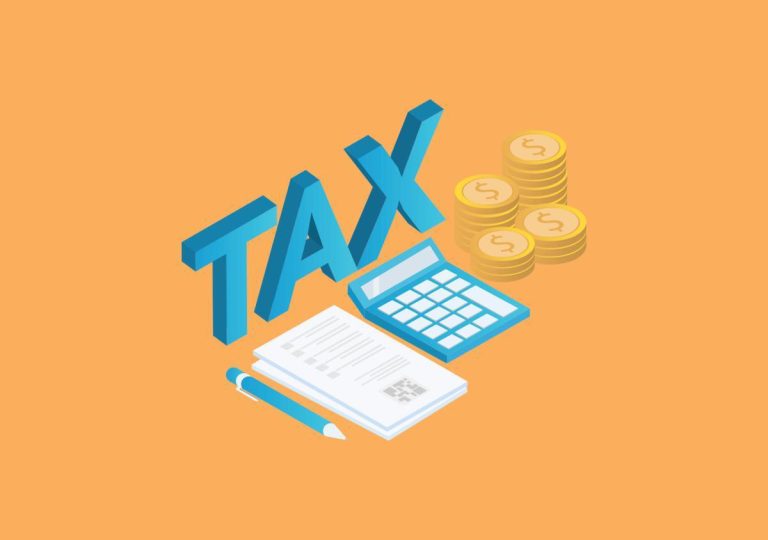The second phase of the base erosion and profit shifting (BEPS) 2.0 initiatives led by the Organization for Economic Co-operation and Development (OECD) fundamentally changes the traditional mechanisms for taxing international businesses, so unsurprisingly, BEPS 2.0 will require significant changes to systems and processes.
What is BEPS 2.0?
BEPS 2.0 comprises two pillars. Pillar One addresses the challenges of the digitalization of the economy through changing the way profits and taxing rights are allocated aligning to the profits to the market jurisdiction. Pillar Two addresses profit shifting and tax rate competition among countries and, hence, proposes imposing a global minimum tax of 15 percent to multinational companies.
In Hong Kong’s 2022-23 budget, the Financial Secretary announced plans to implement a global minimum tax rate. Hong Kong will also consider introducing a domestic minimum top‑up tax starting from the year of assessment 2024-25 of 15 percent to safeguard Hong Kong’s taxing rights.
A new mechanism for taxation
BEPS 2.0 rules introduce new mechanisms for taxation. Pillar One requires data concerning business revenue derived in certain market jurisdictions, whereas the calculation of Pillar Two is based on data from group consolidated financial statements prepared in accordance with Generally Accepted Accounting Principles (GAAP) at the legal entity level. Organizations will therefore have to analyse the potential impact of accounting treatment (especially deferred tax accounting) on the jurisdictional Global Anti-Base Erosion (GloBE) effective tax rate (ETR).
From an operational perspective, data availability will be a key challenge. Also, BEPS 2.0 calculation rules and regulations are complex, which makes manual calculations through the use of spreadsheets almost impossible. The implementation of a domestic minimum tax (DMT) by local tax authorities will also likely employ calculations aligned with GloBE methodology.
A new set of data sources
Pillar Two calculations start off with the identification of the multinational entity group and requires corporate secretarial data (e.g., percentage of shareholding, accounting consolidation method, nature of entities, date within and outside of the group, etc.) After that, Group GAAP financials and tax data are used to compute the adjusted GloBE income and GloBE covered tax. The data should be gathered at the legal entity level and be aggregated at the jurisdictional level to compute the ETR. It should be noted that given that consolidated financial statements are often prepared based on the principle of materiality, it may not provide enough detail for Pillar Two adjustments. The organization would need to go back to the legal entities and gather the details to support the GloBE adjustments.
Moreover, both financial and non-financial data (such as HR data and other data sources) would be required for the purposes of considering the safe harbour rules, substance-based carve-outs and other GloBE elections.
Ambitious implementation timeline
An implementation timeline of the new rules largely with effect from 2023 was proposed by the OECD. However, a number of jurisdictions, notably the European Union (EU), are pushing the start to 2024 at the earliest. It is worth noting that financial reporting may require provisions for tax liabilities once legislation is out for any jurisdiction. Given the complex rules and tremendous data requirements, it is important for organizations to start now.
Leveraging your existing foundations
It is unlikely that a single tool will solve the BEPS 2.0 challenges. Depending on each organization’s existing technology stack, structure and IT roadmap, a combination of technologies will most likely be needed for the optimal solution.
Companies should start by looking at the existing technologies available and consider leveraging their enterprise technology e.g. Enterprise Performance Management systems, where possible.
As most of the data for BEPS 2.0 come from the tax reporting cycle, it makes sense to consider leveraging their existing tax reporting platform to capture additional data sets for BEPS 2.0 reporting and compliance.
So, what do you do to get ready?
A good place to start is an impact and readiness assessment exercise to understand the potential impact, which could cover an ETR assessment, accounting, tax planning and data and technology assessment. As part of the data gap analysis, the data source and data readiness for each of the data points are assessed, and options are identified to mitigate the data gaps and plan for future system implementation. As Pillar Two calculation adjustments ignore a majority of timing differences, the tax accounting is complex and requires review.
From a technology perspective, a Proof of Concept (POC) exercise can help to validate the proposed solution architecture for BEPS 2.0 compliance, without the need for a full technology build and implementation process. A POC exercise can help one to think through the potential risks and obstacles, and can help with stakeholder management by getting them involved at an early stage, while setting the direction and budget request for a full implementation roadmap.
BEPS 2.0 is a fundamental change to taxation, requiring significant changes to the data requirements and processes. The changes will impact multiple functions – tax, local accounting, group finance, and IT, who will need to coordinate to develop a holistic response. The timeline for implementation is short and in addition to the potential tax and accounting impact, organizations need to assess the potential operational changes and develop a plan and roadmap quickly.
















